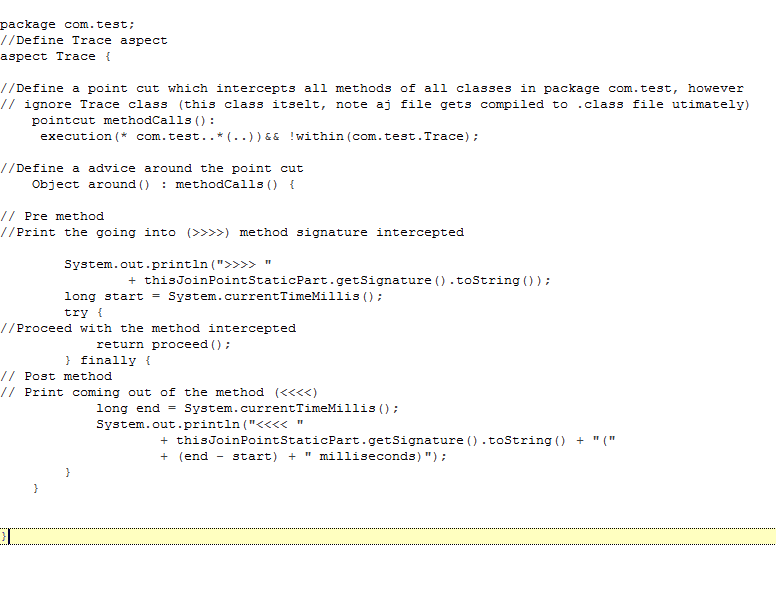KinoCards is a QR Code Business Card Creator. As an Minimal Viable Product, it only supports Synerzip Business Card. Also it does not supports any storage or login functionality in its version 1.
Android Reference Implementation - Droid Twit
In order to learn Android, we have created an Android application. This android application will help us get actual hands on experience in all the aspects of Android Development. The way we have developed this application is to thing of the design first, implement and keep refactoring the design, until the application gets better. Ofcourse we try to use the best practices mentioned on the Android.
Please note this application is still under development, so please bear with us
This is an Implement of Android Twitter client. This is a reference implementation showcasing how to use all the components of Android to create a Twitter client. Rohit Ghatol and Saurabh Gangarde are the lead developers of this project. Both of them work for QuickOffice and Synerzip Softech. This Reference Implementation is build to train developers in Pune for one of the TechNext Technical Talks. The tutorial on how to build a twitter client is available at DroidTwitTutorial http://code.google.com/p/droidtwit/source/browse/#svn%2Ftrunk%2Ftutorials%2FHelloWorld Part 1
Part 2
http://code.google.com/p/droidtwit/source/browse/#svn%2Ftrunk%2Ftutorials%2FListActivity
The Android Client uses Disclaimer: Since the application is under development and not gone through entire QA cycle, there could be some crashes in the application. We are striving hard to get you a stable version soon. Meanwhile please focus on the application architecture. Please Download our apk from http://droidtwit.googlecode.com/files/DroidTwit.apk and try it.
Proposed Architecture Note Phone Boot Receiver, Low Battery Receiver and Alarm Receiver are all Android BroadCast? Receiver.
Introduction
Tutorial
Hello World Tutorial
Source Code
Video Tutorial
List Activity and Async Task Tutorial
Tutorial for List Activity and Async Task
Source Code
Video Tutorial
Features
Download Demo APK
Demo Video
Screenshots









Architectural Diagrams
Screen Flow

Overall Architecture

OAuth Authentication

First Time Launch

Activity Asking Service to fetch tweets

Alarm Manager Triggering Service every n minutes

When Phone Boots, Broadcast Receiver registers Alarm Manager and Battery BroadCast? Receiver

Battery BroadCast? Receiver controls Alarm Manager

Keyboard mapping for Android Emulator (on Windows)
Its easier to work with keyboard than mouse and hence every software provides keyboard short cuts for doing same action which is possible using pointing device. Android emulators also provides these short cuts. I gathered this information, here is the list
td p { margin-bottom: 0cm; }p { margin-bottom: 0.21cm; }
|
Emulator Action |
Keyboard (Windows Platform) |
|
Home |
HOME key |
|
Menu |
Page Up, F2 |
|
Lock |
F4, F7 |
|
Launch browser |
F5 |
|
Trackball mode |
F6, DELETE |
|
Back |
ESCAPE |
|
Changing selection |
Arrow keys |
|
Select |
ENTER key |
|
Activate 3G |
F8 |
|
Increase Ringer volume |
Ctrl F5 |
|
Decrease Ringer volume |
Ctrl F6 |
|
Change orientation |
Ctrl F11, Ctrl F12 |
|
Run emulator in full screen |
Alt + ENTER |
Adding Aspect to Android
Programming AspectJ with Android


Latest Android Presentation at PICT
[googleapps domain="docs" dir="present/embed" query="id=ddt3n4v_640ddgrcgc8" width="410" height="342" /]










